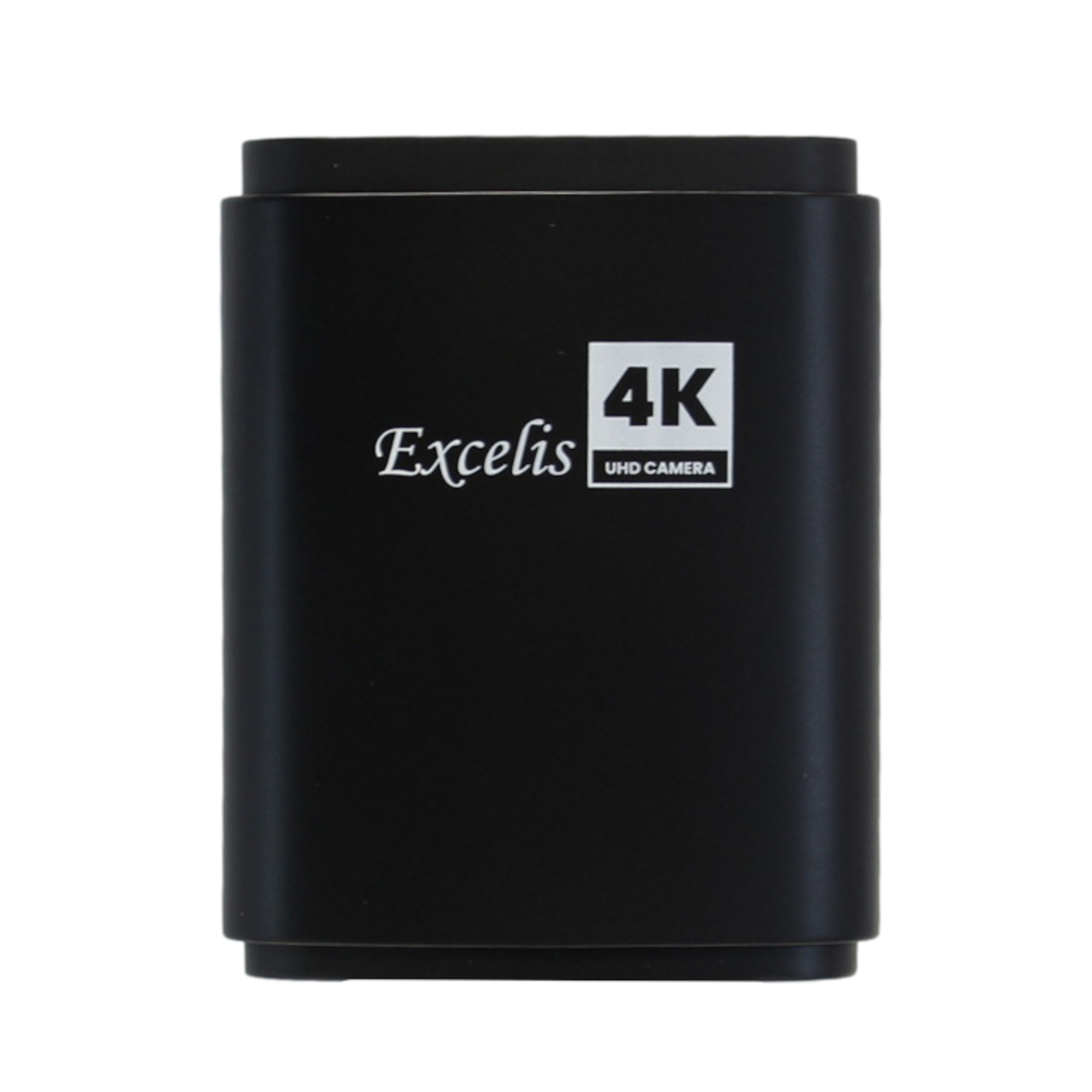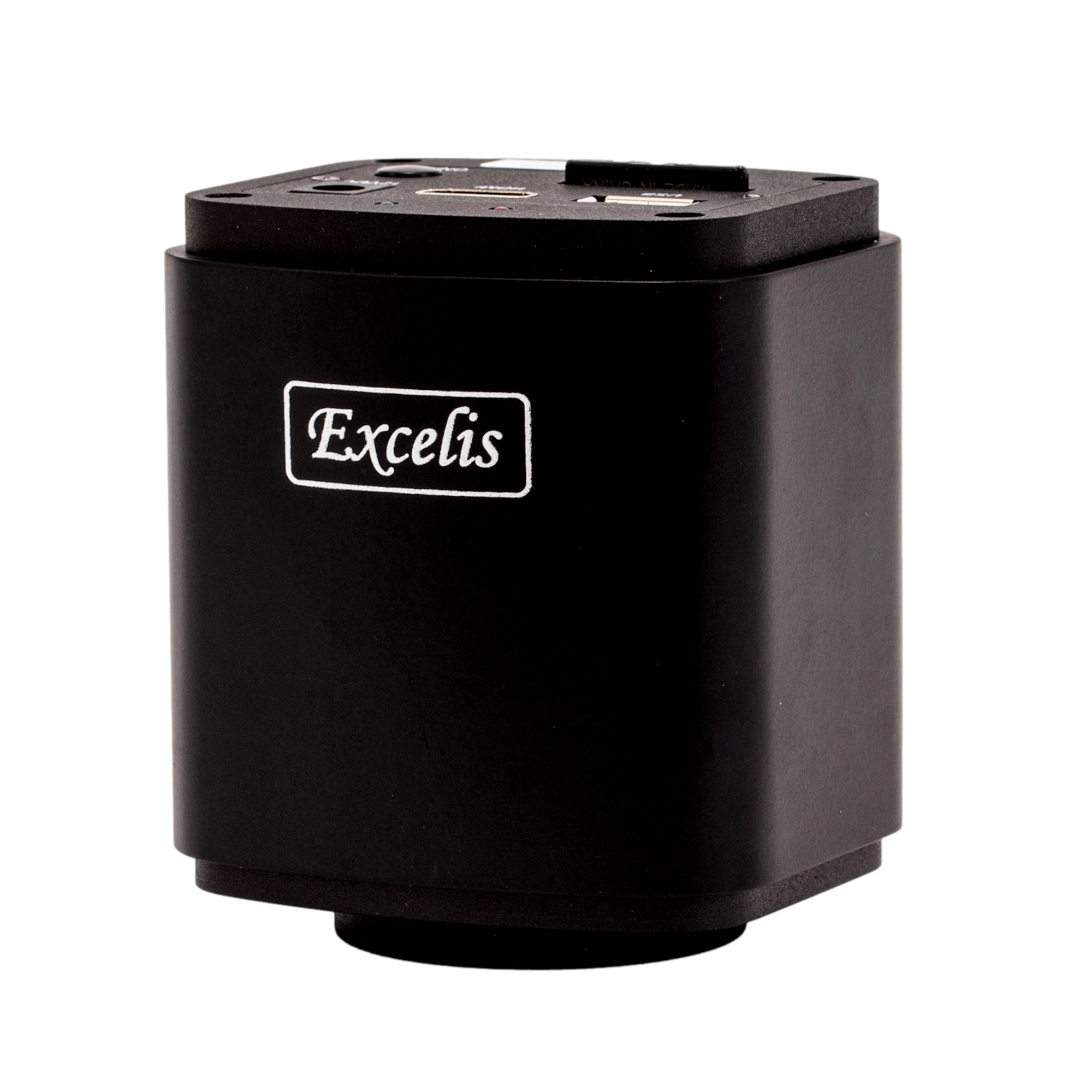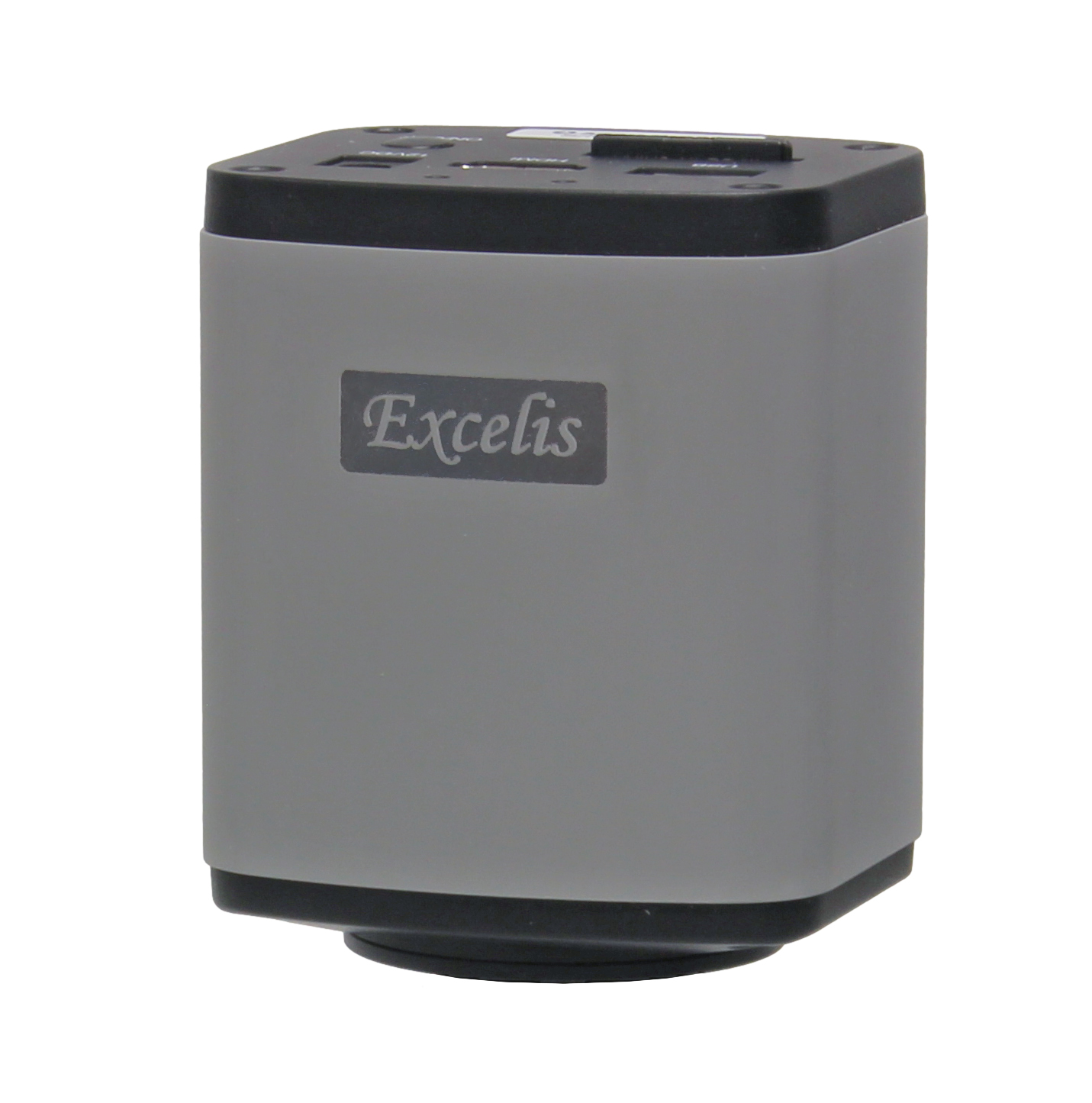ACCU-SCOPE is proud to offer our Excelis™ microscopy cameras, engineered to deliver excellent images with an easy-to-use interface. Our HDMI cameras include the HD and HD Lite, HDS and HDS Lite, and NEW Excelis 4K, and come with on-board software – – NO PC REQUIRED! Our MPX series cameras deliver scientific grade images. All of our Excelis cameras come with our full-featured CaptaVision+ software (available for PC and Mac) for camera control, image adjustment, measurements, and reporting. CaptaVision+ now features Video with Voice Recording!


